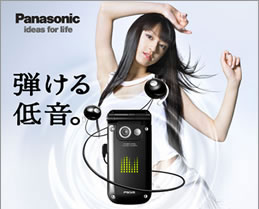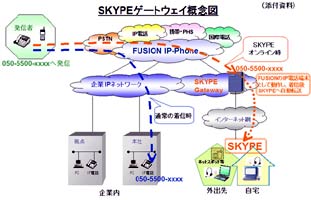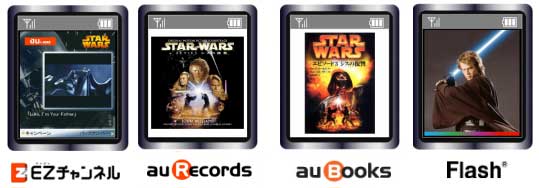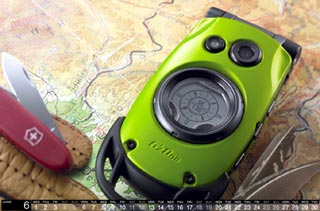DoCoMo 3G Cell Phones Model Designer Fashion
 Hey DoCoMo Pimp my handset! NTT is shrugging off some of that infamous group-think mentality promoting trendy young designs in an eye-popping line of custom jackets for the P901iS series. Skulls, pistols, snakeskin, Samba Samurai and flower camo transform mobile phones into Japanese pop culture icons — complete with matching phone straps. D-@-mo (datmo design project) is turning out some of the best P901iS covers, but P901iS manufacturer Panasonic
Hey DoCoMo Pimp my handset! NTT is shrugging off some of that infamous group-think mentality promoting trendy young designs in an eye-popping line of custom jackets for the P901iS series. Skulls, pistols, snakeskin, Samba Samurai and flower camo transform mobile phones into Japanese pop culture icons — complete with matching phone straps. D-@-mo (datmo design project) is turning out some of the best P901iS covers, but P901iS manufacturer Panasonic
plus a host of licensees have Japanese strutting down urban catwalks flashing their phones like designer clutches.
The cell phones transformation into fashion statement is something Americans are slowly catching on to. Coach, Hermes and Gucci got it right away and started marketing phone straps, charms or Keitai cases for brand loving locals. Custom painted, and completely illegal, rip offs of Chanel and Dior logos decorate jewel-encrusted handsets on pretty young things but everyone knows real brands are better. Now licensed names by youth culture designers and even game-obsessed Otaku brands are spreading onto handsets like a virus – a shiny, happy moneymaking virus.


 Costly Japanese domestic phone prices are looking to take a tumble with low-priced hybrid fixed-line/IP telephony services. The newest team-up pairs Japan’s Fusion Communications with Skype Technologies. Fusion’s patent-pending gateway technology takes incoming number-based calls and works with Skype’s database to route them to Skype IP telephony subscribers using the 050- prefix, similar to NTT Communications’
Costly Japanese domestic phone prices are looking to take a tumble with low-priced hybrid fixed-line/IP telephony services. The newest team-up pairs Japan’s Fusion Communications with Skype Technologies. Fusion’s patent-pending gateway technology takes incoming number-based calls and works with Skype’s database to route them to Skype IP telephony subscribers using the 050- prefix, similar to NTT Communications’ 

 Casio’s rugged water-and-shock resistant mobile handsets from KDDI launched at a press event held in the celco’s shiny Harajuku Designing Studio first-floor theater; both features are firsts for a 3G handset and the G’zOne
Casio’s rugged water-and-shock resistant mobile handsets from KDDI launched at a press event held in the celco’s shiny Harajuku Designing Studio first-floor theater; both features are firsts for a 3G handset and the G’zOne